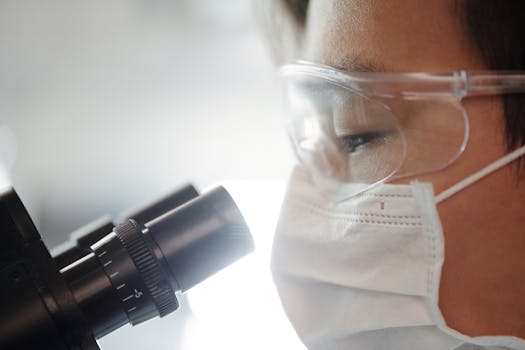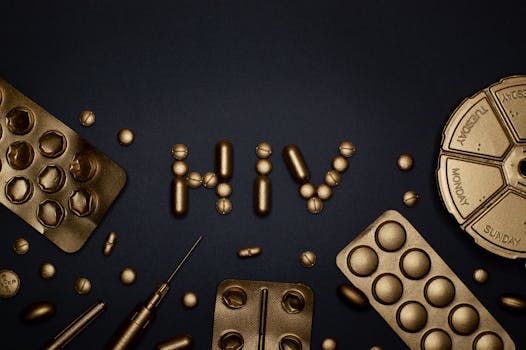
The Science Behind Vaccines and Public Health: Vaccines and Immunization
Vaccines have been a cornerstone of public health for decades, saving millions of lives and preventing the spread of infectious diseases. But how do they work, and what is the science behind them? In this article, we will delve into the world of vaccines and explore the science behind them, as well as their impact on public health.
What are Vaccines?

A vaccine is a biological preparation that provides active acquired immunity to a particular infectious disease. Vaccines typically contain a small, harmless piece of a virus or bacteria, or a weakened form of the virus or bacteria, which is enough to stimulate the body’s immune system to produce antibodies and immune cells that can recognize and fight the disease.
How do Vaccines Work?

When a vaccine is administered, it stimulates the body’s immune system to produce antibodies and immune cells that can recognize and fight the disease. This process is called immunization. Immunization helps to build immunity to specific diseases, which can prevent the spread of infectious diseases and protect individuals and communities from outbreaks.
The History of Vaccines

The concept of vaccination has been around for centuries, with evidence of vaccination practices dating back to ancient civilizations such as China, India, and Africa. However, it wasn’t until the late 18th century that the first vaccine was developed by Edward Jenner, an English physician who created a vaccine for smallpox. Since then, vaccines have been developed for a wide range of diseases, including measles, mumps, rubella, and many others.
The Science Behind Vaccine Development

Developing a vaccine is a complex process that involves several stages, including research, testing, and production. The process typically begins with research, where scientists identify a disease-causing virus or bacteria and develop a vaccine candidate. The vaccine candidate is then tested in laboratory and animal studies to ensure its safety and efficacy. If the vaccine candidate is successful, it is then tested in human clinical trials to further evaluate its safety and efficacy.
Vaccine Types

There are several types of vaccines, including inactivated vaccines, live attenuated vaccines, conjugate vaccines, and subunit vaccines. Inactivated vaccines contain a killed or inactivated form of the virus or bacteria, while live attenuated vaccines contain a weakened form of the virus or bacteria. Conjugate vaccines combine a weakened form of the virus or bacteria with a carrier protein to enhance the body’s immune response. Subunit vaccines contain only a specific component of the virus or bacteria, such as a protein or sugar.
Vaccine Benefits

Vaccines have numerous benefits, including preventing the spread of infectious diseases, reducing the risk of disease outbreaks, and protecting individuals and communities from disease. Vaccines have also been shown to have a significant impact on public health, with estimates suggesting that vaccines save millions of lives each year.
Common Misconceptions about Vaccines

Despite the overwhelming evidence supporting the safety and efficacy of vaccines, there are still many misconceptions and myths surrounding vaccines. Some common misconceptions include the idea that vaccines cause autism, that vaccines are not effective, and that vaccines are not safe. However, numerous scientific studies have shown that these claims are false, and that vaccines are a safe and effective way to prevent the spread of infectious diseases.
Conclusion

In conclusion, vaccines have been a cornerstone of public health for decades, saving millions of lives and preventing the spread of infectious diseases. The science behind vaccines is complex, but the benefits are clear. By understanding how vaccines work and the science behind them, we can better appreciate the importance of immunization and the impact it has on public health. As we continue to navigate the complexities of infectious disease prevention, it is essential that we rely on scientific evidence and expertise to inform our decisions and promote public health.





